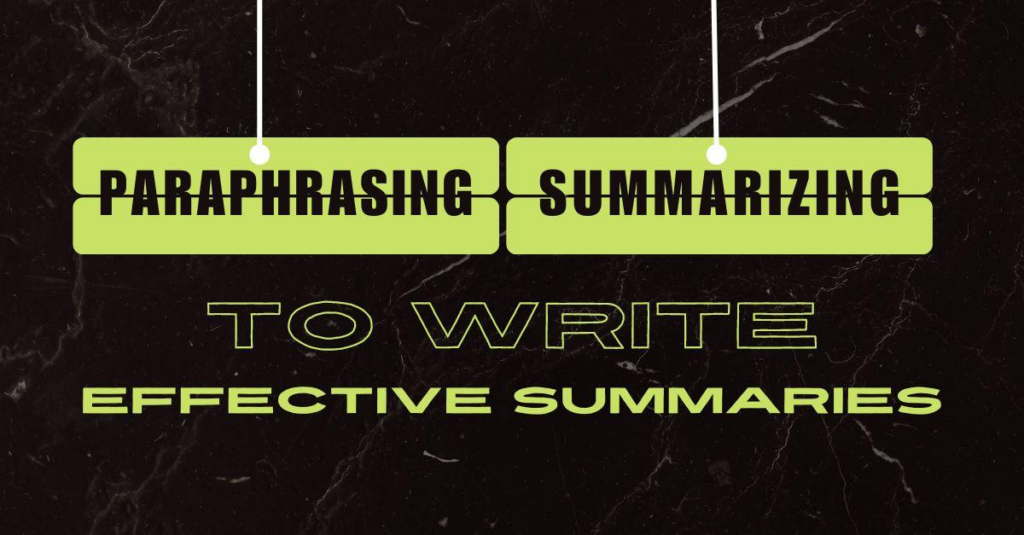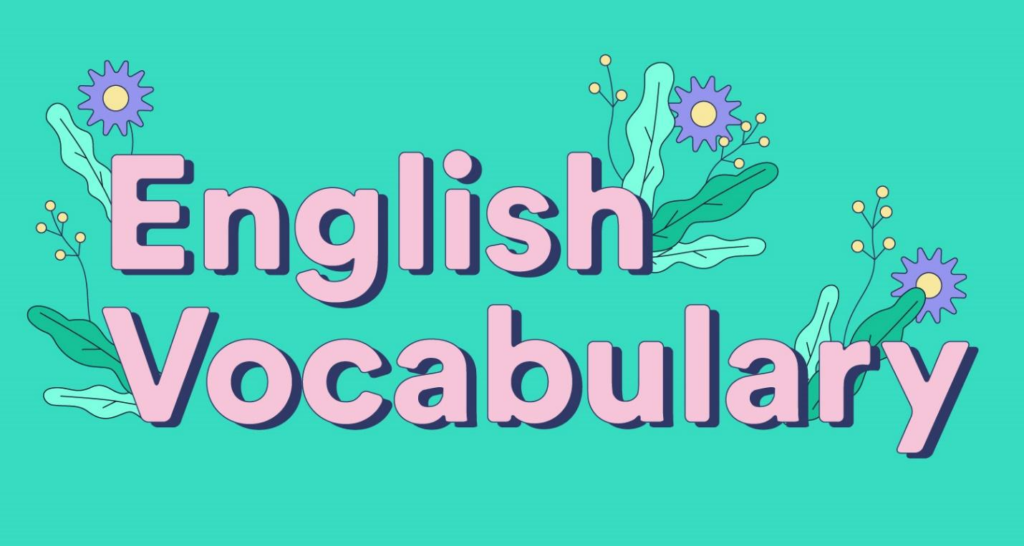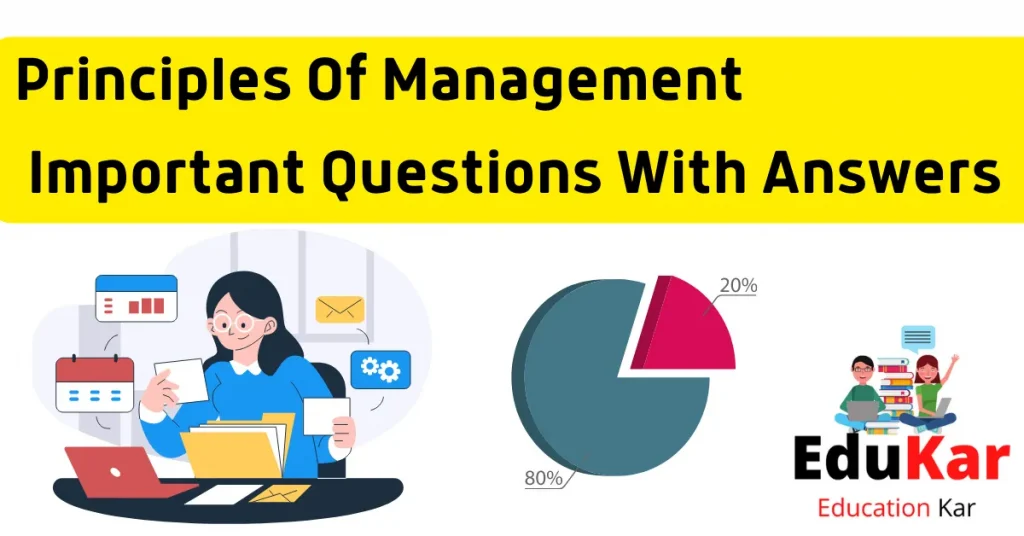
In the realm of effective communication, the ability to paraphrase online and summarize information is an invaluable skill.
Whether you’re a student tackling academic assignments, a professional crafting reports and presentations, or a content creator striving to engage your audience, knowing how to write compelling summaries is essential.
This guide will delve into paraphrasing and summarizing, equipping you with the best techniques to create concise and impactful summaries.
By mastering these skills, you can distill complex ideas into clear, accessible language, capturing the essence of a text and effectively conveying its key points.
Join us to discover the secrets of writing effective summaries and take your writing prowess to new heights.
Understanding Paraphrasing
Paraphrasing involves restating a text’s ideas in your own words while maintaining its original meaning.
It is a crucial summarization component, allowing you to present information freshly and engagingly.
To paraphrase effectively:
- Change sentence structures and word choices to offer a different perspective.
- Utilize synonyms and antonyms to replace specific terms.
- Rearrange the order of ideas to enhance clarity and coherence.
- Experiment with different sentence lengths and formats to add variety to your writing.
The Art of Summarizing
Summarizing is a skill that allows you to capture a text’s main ideas and key points in a concise and condensed form.
It goes beyond simply extracting information and requires careful analysis, interpretation, and effective communication.
A well-crafted summary provides readers with a clear understanding of the original text’s core concepts without unnecessary details or digressions.
Here are some techniques to help you write effective summaries:
1. Identifying the Main Idea and Supporting Details
To begin summarizing, it is crucial to identify the text’s main idea or central theme.
This central idea encapsulates the primary message or argument that the author is conveying.
Supporting details, on the other hand, are specific pieces of information, evidence, or examples that reinforce and expand upon the main idea.
By understanding the main idea and recognizing the supporting details, you can prioritize the most important elements to include in your summary.
2. Eliminating Irrelevant Information
One of the challenges in summarizing is sifting through the abundance of information in a text and discerning what is relevant and what can be omitted.
Irrelevant details can distract readers and dilute the impact of your summary.
Focus on including only the information directly related to the main idea and supporting points.
Remove tangential or repetitive information that contributes little to the overall understanding.
3. Maintaining the Original Meaning While Condensing
When summarizing, it’s essential to preserve the original meaning and intent of the text.
While condensing the content, avoid misrepresentation or distortion of the author’s ideas.
Capture the essence of the text by rephrasing and reorganizing the information in your own words while maintaining the core message and context.
Aim to retain the original author’s tone, style, and perspective, adapting it to a more concise format.
4. Organizing the Summary Logically
A well-structured summary enhances clarity and ease of comprehension.
Logically organize your summary, presenting the information in a cohesive and coherent flow.
Consider the most effective sequence for presenting the main points, ensuring a logical progression that follows the original text’s structure.
You may follow a chronological order, a hierarchical structure, or any other logical framework that best suits the summarized content.
Remember, a summary should capture the most important elements of the text while maintaining brevity.
It should be clear, concise, and focused on conveying the core ideas to the reader.
Developing the skill of summarizing takes practice and refinement, but mastering it will enable you to effectively distill complex information into concise summaries that engage and inform your audience.
5. Use an Online Summarizing tool
The summarizing tool offered by paraphrasetool.ai can be a useful resource for summarizing text in several ways.

You have to input the text you wish to summarize, click summarize, and there you have it.
You can export the output in Word, PDF, and Text formats.
Here is how the article summarizer can help you:
- Time-saving Solution:
Manually summarizing lengthy texts can be time-consuming.
By utilizing the summarizing tool, you can significantly reduce the time and effort required to distill the key points from the original text.
The tool will automate the summarization process, generating a summary in a matter of seconds or minutes, depending on the complexity of the text.
- Extraction of Main Ideas:
The tool employs advanced algorithms to analyze the input text and identify the main ideas and important details.
It extracts and condenses these crucial elements, providing a concise summary that captures the essence of the original text.
This saves you the effort of manually identifying and selecting the key points.
- Objective Approach:
The summarizing tool offers an objective approach to summarization by relying on algorithms rather than personal bias or interpretation.
This can be particularly helpful when you need an impartial summary or when multiple perspectives on the same text are desired.
- Assistance for Large Volumes of Text:
Manually summarizing lengthy documents or large volumes of text can be challenging.
The summarizing tool can handle extensive texts efficiently and provide you with a concise summary.
This is especially beneficial when dealing with research papers, articles, or reports that require a comprehensive understanding of the content within a limited time frame.
6. Skimming and Scanning
Skimming and scanning can help you quickly locate key information when faced with a lengthy text.
Skim through the text to get an overview of its structure, headings, and subheadings.
Scanning involves rapidly moving your eyes over the text to identify specific keywords, phrases, or relevant details.
7. Highlighting and Annotating
Highlighting important points and making annotations while reading helps you identify and remember key ideas.
Use highlighters, sticky notes, or digital tools to mark sections that contain crucial information or standout quotes.
Write brief notes in the margins or use a separate notebook to jot down your thoughts and key takeaways.



![Web application and Security Class 10 [Questions Answers & MCQs] Web application Class 10 Questions & Answers](https://edukar.org/wp-content/uploads/2022/09/Web-application-Class-10-Questions-Answers-1024x597.webp)
![Digital Documentation Class 9 [Questions Answers & MCQ] Digital Documentation Class 9](https://edukar.org/wp-content/uploads/2022/08/Digital-Documentation-Class-9-1024x597.webp)

![Corporate Accounting [Important Questions & Answers with MCQ] Corporate Accounting Important Questions & Answers](https://edukar.org/wp-content/uploads/2022/09/Corporate-Accounting-Important-Questions-Answers-1024x597.webp)
![Zoology Important Questions [Class 11th-English medium] Zoology Important Questions class 10 english medium](https://edukar.org/wp-content/uploads/2022/09/Zoology-Important-Questions-class-10-english-medium-1024x597.webp)





![Biology Class 10 Very important [Questions &Answers] Biology Important Questions with Answers class 10](https://edukar.org/wp-content/uploads/2022/09/Biology-Important-Questions-with-Answers-class-10-1024x597.webp)

